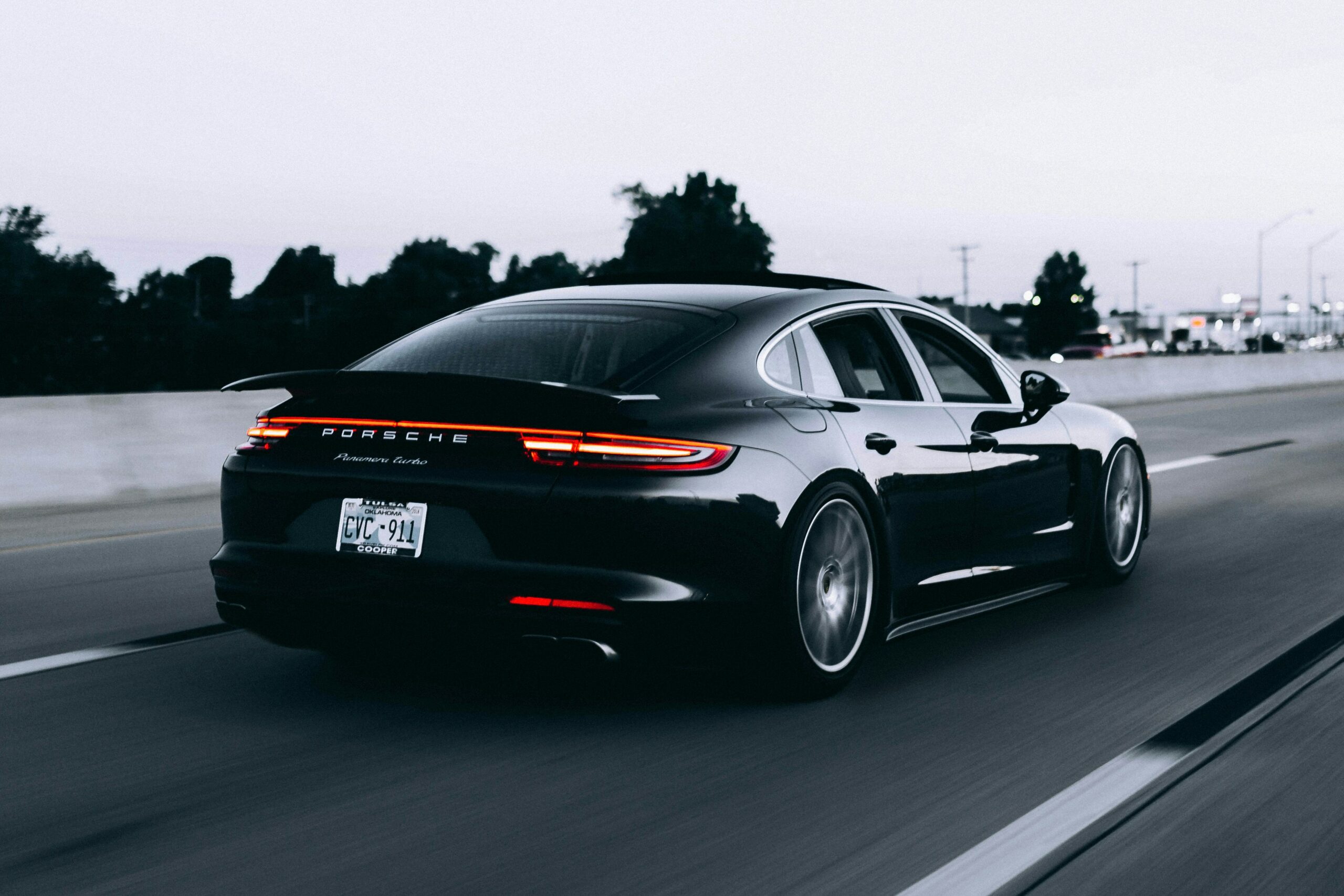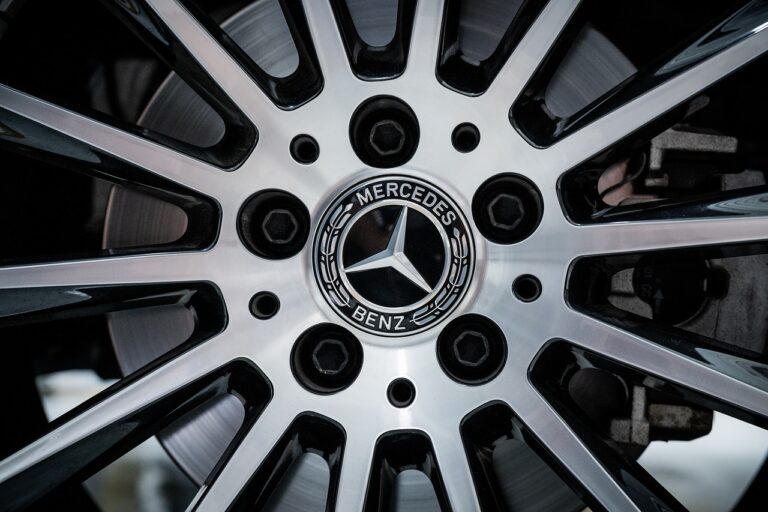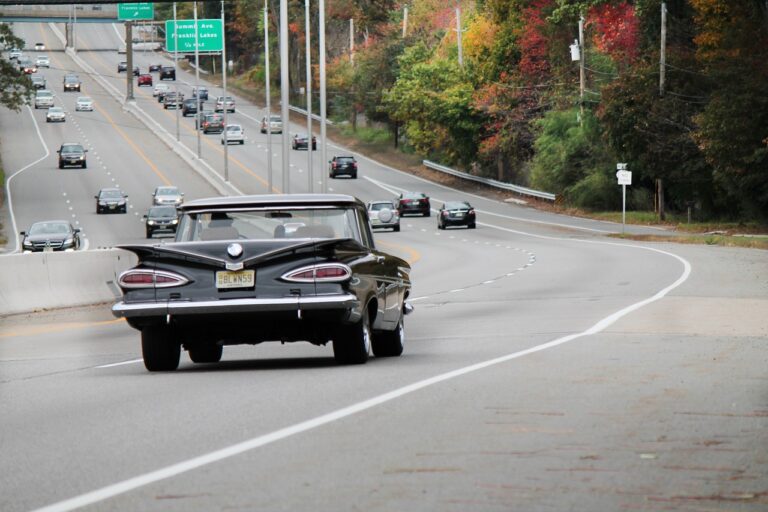Exploring the Legacy of Classic American Muscle Cars
American muscle cars emerged in the 1960s as a response to the growing demand for high-performance vehicles among American car enthusiasts. Inspired by the need for speed and power, automakers started producing muscle cars that featured powerful V8 engines, sleek designs, and impressive acceleration capabilities. These vehicles quickly captured the attention of the public and became synonymous with the American automotive industry.
One of the defining characteristics of American muscle cars was their affordability, making them accessible to a wide range of consumers. Compared to European sports cars, muscle cars offered similar performance but at a fraction of the cost. This combination of power, style, and affordability made muscle cars immensely popular, leading to a boom in sales and solidifying their place in American car culture.
The Impact of Classic Muscle Cars on American Culture
Classic muscle cars of the 1960s hold a revered status in American culture, symbolizing power, speed, and freedom. These iconic vehicles have left a lasting impact on society, shaping the way Americans perceive automobiles and influencing a generation of car enthusiasts.
The roaring engines and sleek designs of muscle cars have become synonymous with the American spirit of individuality and rebellion. As symbols of status and masculinity, these cars have embedded themselves in popular culture, appearing in movies, music, and art, further solidifying their legendary status in American history.
• Classic muscle cars of the 1960s are revered for symbolizing power, speed, and freedom
• These iconic vehicles have shaped the way Americans perceive automobiles
• Muscle cars have influenced a generation of car enthusiasts with their roaring engines and sleek designs
• They represent the American spirit of individuality and rebellion in popular culture
• These cars have become symbols of status and masculinity, appearing in movies, music, and art
Iconic Muscle Cars of the 1960s
In the 1960s, the American automotive industry saw a surge in the production of iconic muscle cars that left a lasting impact on car enthusiasts worldwide. One of the standout vehicles of this era was the Ford Mustang, introduced in 1964. With its sporty design and powerful performance, the Mustang quickly became a symbol of American muscle car culture.
Another legendary muscle car from the 1960s was the Chevrolet Camaro, first released in 1966 as a direct competitor to the Mustang. Boasting a sleek design and impressive horsepower, the Camaro captured the hearts of speed aficionados and cemented its place in automotive history as an icon of the era. These iconic muscle cars of the 1960s continue to be celebrated and admired for their timeless appeal and enduring influence on the automotive industry.
What factors contributed to the rise of American muscle cars in the 1960s?
The rise of American muscle cars in the 1960s can be attributed to a combination of factors, including advancements in automotive technology, a growing interest in performance and speed, and the emergence of a youth culture focused on rebellion and individuality.
How did classic muscle cars impact American culture during the 1960s?
Classic muscle cars had a significant impact on American culture during the 1960s, symbolizing power, freedom, and rebellion. They became icons of the era, representing the spirit of the times and influencing everything from music to fashion.
What are some of the most iconic muscle cars from the 1960s?
Some of the most iconic muscle cars from the 1960s include the Ford Mustang, Chevrolet Camaro, Pontiac GTO, Dodge Charger, and Plymouth Road Runner. These cars are still celebrated today for their performance, style, and impact on automotive history.






